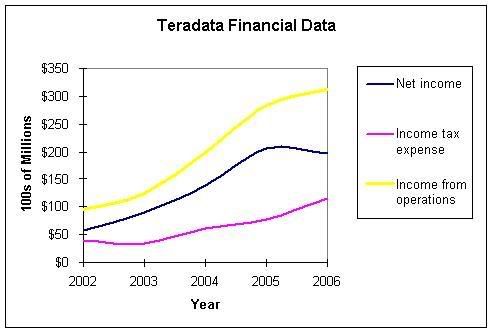| Sponsored Links | |

Oracle launched a new data warehouse built specifically for financial services businesses, a release that one IDC analyst says could be part of a coming wave of industry-specific releases from technology vendors.
Unveiled Thursday, Oracle Financial Services Data Warehouse features tools and integration capabilities for companies in the business of money management. Capabilities included in the warehouse are based on more than a decade of domain and data model experience with top financial companies, Oracle stated in a news release.
Oracle Financial Services Data Warehouse comes with a pre-built data model for simplified ETL, unified infrastructure to run analytics, contextual data quality checks to spot inconsistencies across ledgers and books, and high-volume, cross-functional computations often required for financial regulations and stress tests. The warehouse also leverages Oracle’s Exadata Database for analytical scenarios.
S. Ramakrishnan, Oracle financial services analytical applications group manager, said in a statement on the release that the speed and context of financial business requires a niche warehouse to avoid users from being hampered by “indiscriminate, tedious capture and stewardship” of data.
Henry Morris, analyst with consultant group IDC, says Oracle’s new warehouse is on cue with analyst predictions of an increase in rollouts of data access products and appliances for different areas of business. Morris says that this approach saves time and effort in getting data straight in the analytics area, and that there might be more of these releases coming.
“By providing an integrated data model … Oracle addresses this need in a manner that is industry-specific. This approach would add value to Exadata and increase its attractiveness to buyers in this industry,” says Morris.
Article Source:
Justin Kern,http://www.information-management.com/news/data_warehouse_business_intelligence_analytics_Oracle-10019601-1.html

 Business intelligence is one of the most important systems are given much attention by employers. When it comes to the deployment of BI, you need to check and align their metrics from top to bottom and even in the functional areas of the organization. While this can be very tie consuming for you, you are guaranteed that you will have a long and successful career in the business world.
Business intelligence is one of the most important systems are given much attention by employers. When it comes to the deployment of BI, you need to check and align their metrics from top to bottom and even in the functional areas of the organization. While this can be very tie consuming for you, you are guaranteed that you will have a long and successful career in the business world.










